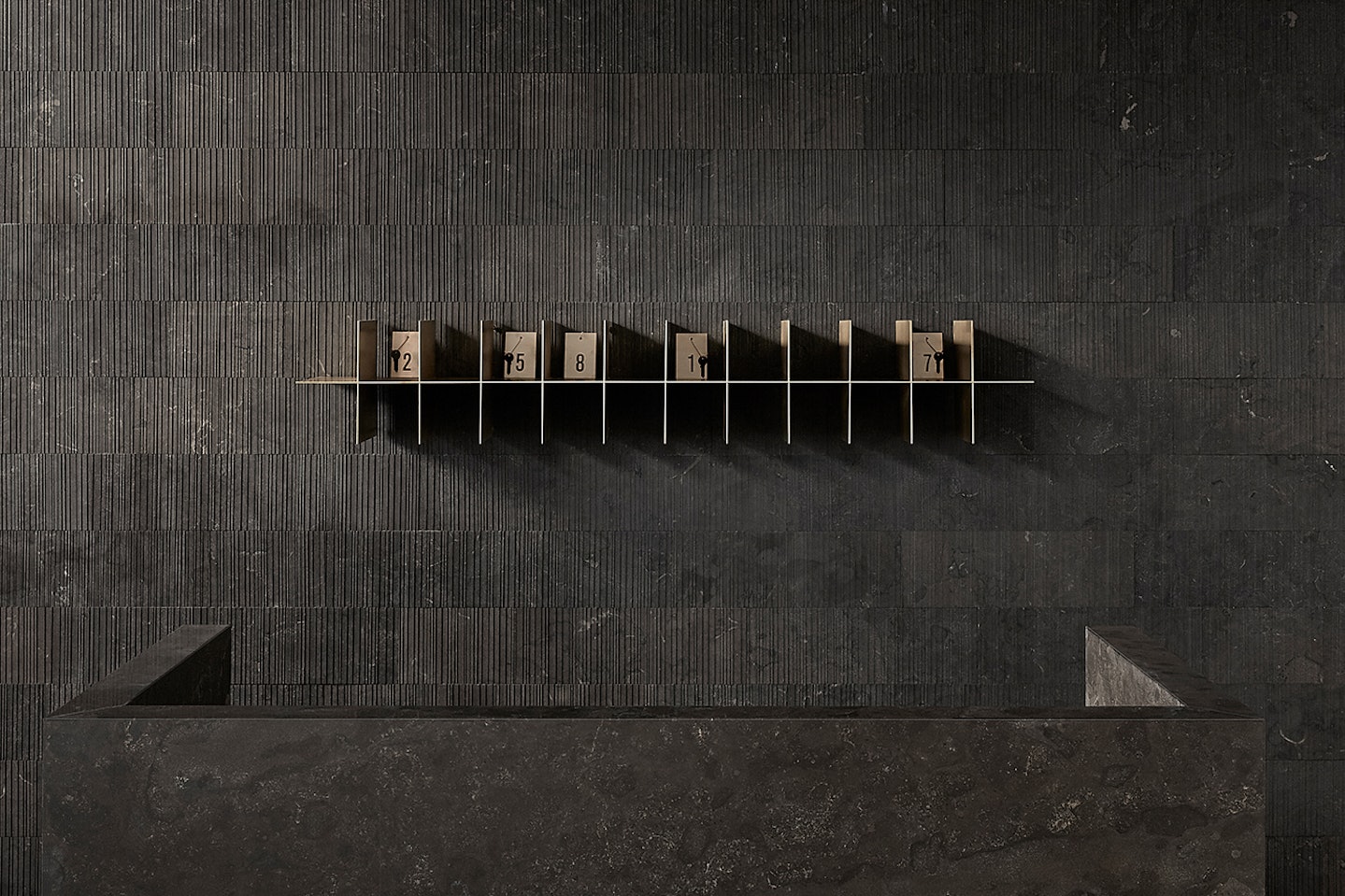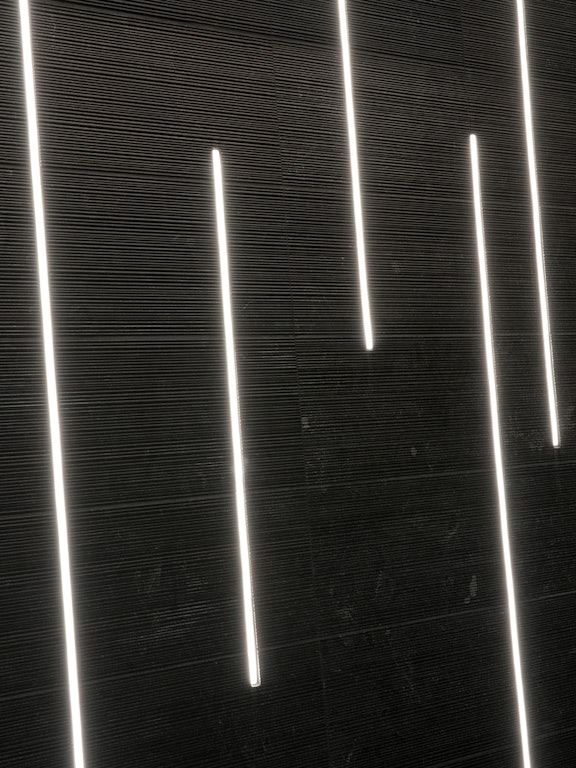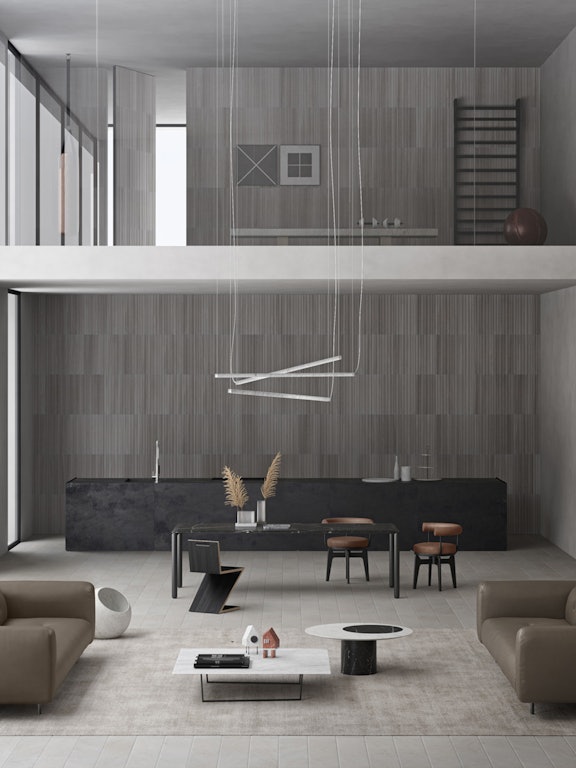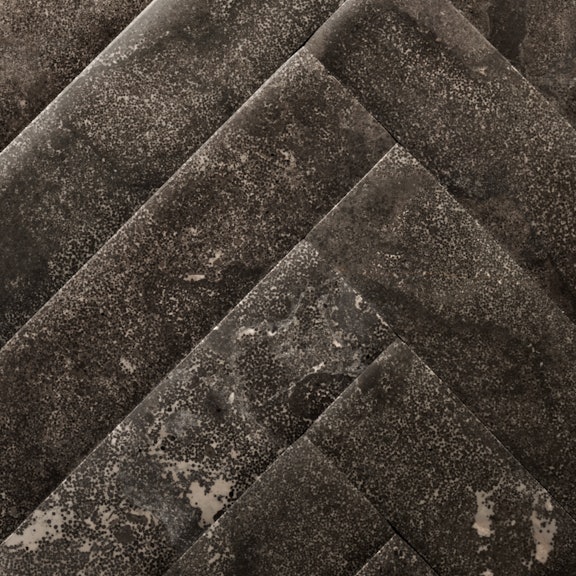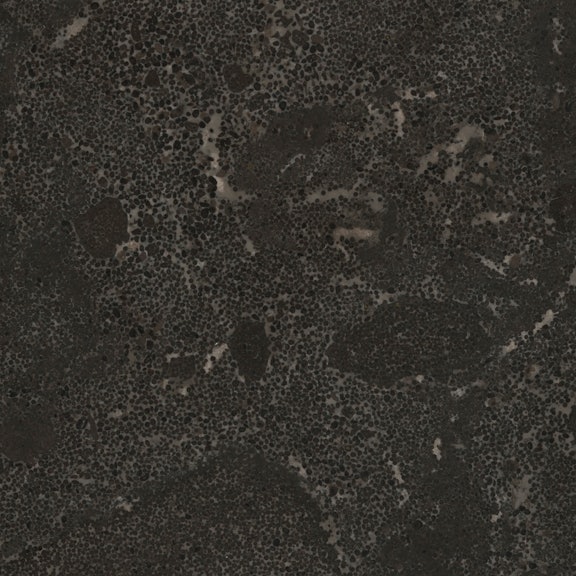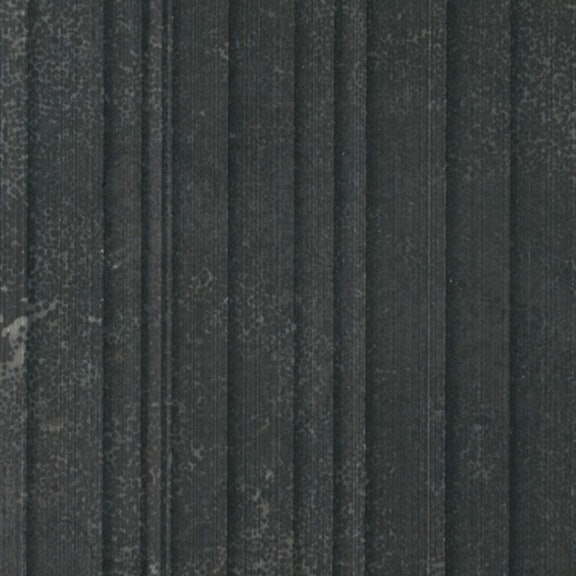The beauty of imperfection: Pietra d'Avola
03.2022
Deep chocolate tones and extreme durability make Avola Stone a unique and elegant natural stone
The Beauty of Imperfection: the Characteristics of Pietra d'Avola
Resting one’s feet on stone has always held an incredible charm: its natural origins and the unique precious stripes that distinguish it, make this material priceless.
Among natural stones, Pietra d’Avola stands out thanks to its unmistakable chocolate accents, while its name presents a tribute to the traditional craftsmanship of Sicily.
But what do we really mean when we talk about stone? And what are the characteristics that make this material so unique?
Let’s discover together what natural stone is and how the properties of the precious Pietra d’Avola make it perfect for every interior occasion, from marble flooring to the creation of hand-crafted design objects.
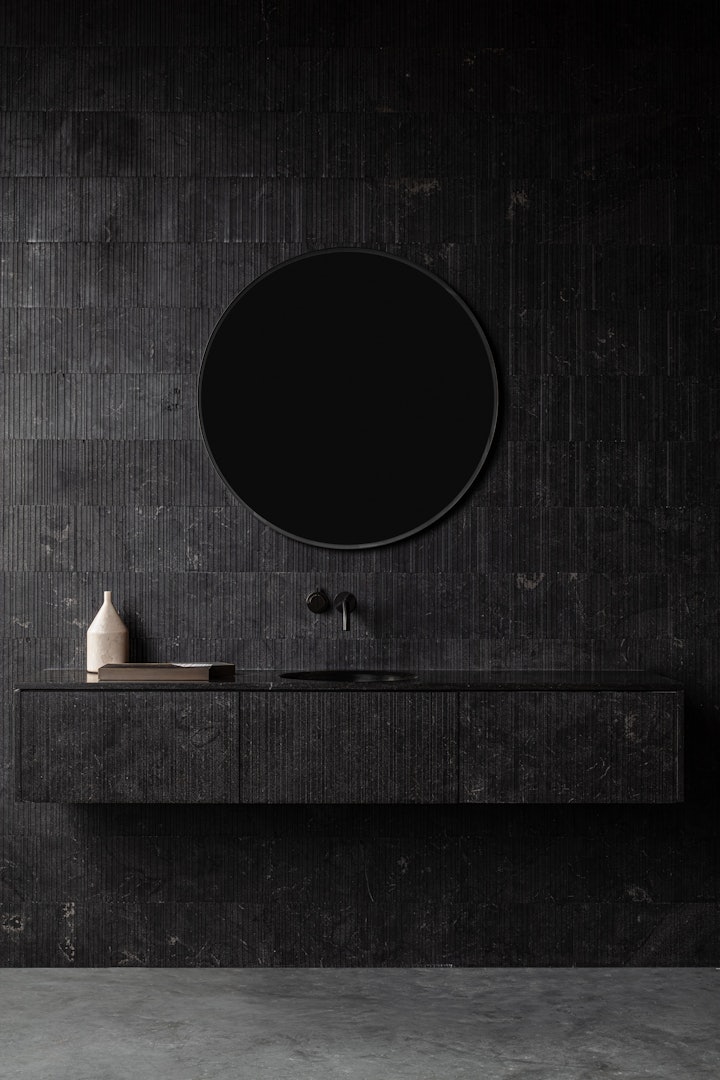
Marble and stone: What’s the difference?
Marble and stone are both valuable materials that share natural origins and are both known for their extreme durability.
It is no coincidence that both have been chosen, since ancient times, to build and adorn many of the most famous buildings in the world: starting from the ancient Pyramid of Cheops, passing to our own Pantheon in Rome, and leading up to more recent additions like the Taj Mahal, many of these monuments remain in pristine condition, their appearance hardly at all weathered by the passing of time.
Despite their common characteristics, one aspect that dramatically differentiates these two materials is their origin. A material such as Pietra d’Avola, is of calcareous origin, formed passively through sedimentation as layers of rock organically build up over time.
Marble, on the other hand, is a metamorphic rock. Unlike the patient origins of stone it comes into being thanks to the active participant of external stimuli, such as strong pressure or high temperatures. It is these alterations in the environment of the original calcareous rock which inspire the material to change and transform to form its own unique chemical composition.
In addition to this key difference regarding the formation of the materials in question, another fundamental characteristic that has always divided these two natural materials over the years, since the time of the ancient Greeks and Romans: polishing. Marble owes its name, which literally means “shining stone” in ancient Greek, to the fact that it can be shined and polished endlessly. Its surface can be continually re-established and its splendour newly realised with ease. Natural stone on the other hand tends not to hold this useful regenerative quality.
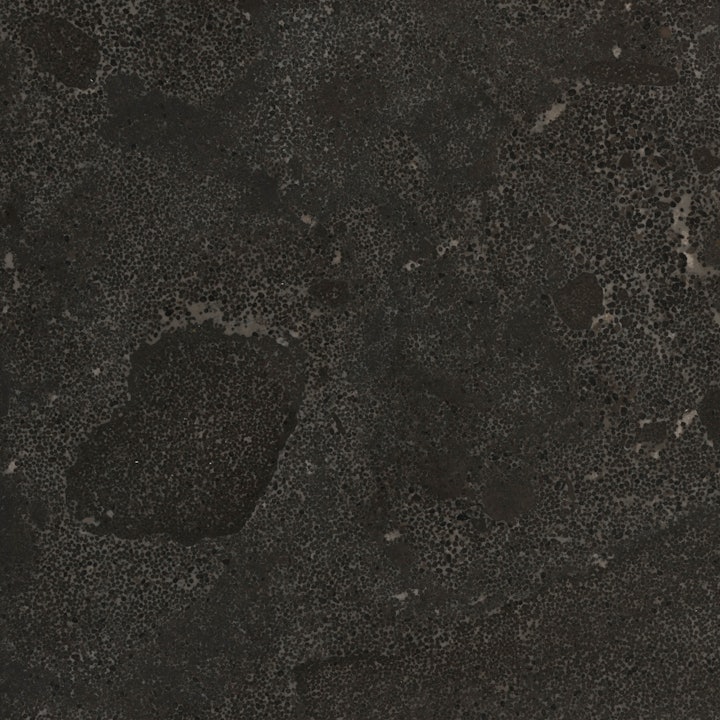
The Properties of Pietra d'Avola
As we’ve established Pietra d’Avola is a natural stone of calcareous origin. It is a very strong and durable material, which resists both abrasion and bending. These characteristics mean it can bear very heavy loads and also has a high resistance to wear and tear, making it an excellent option for flooring, even for those areas which deal with heavy footfall on a daily basis.
A low water absorption rate and high resistance to temperature changes has established the material as a prime candidate for a variety of uses around the home. It also means it can be used in interior and exterior spaces with ease. A practical and stylish choice, Pietra d’Avola is ideal for covering up surfaces in rooms which deal with fluctuating moisture levels such as bathrooms and kitchens.
However, as with all natural stones of calcareous origin, Pietra d’Avola is vulnerable to natural acids (even something as innocent as lemon juice), so it is always advisable to use a treatment to protect the surface of this precious stone.
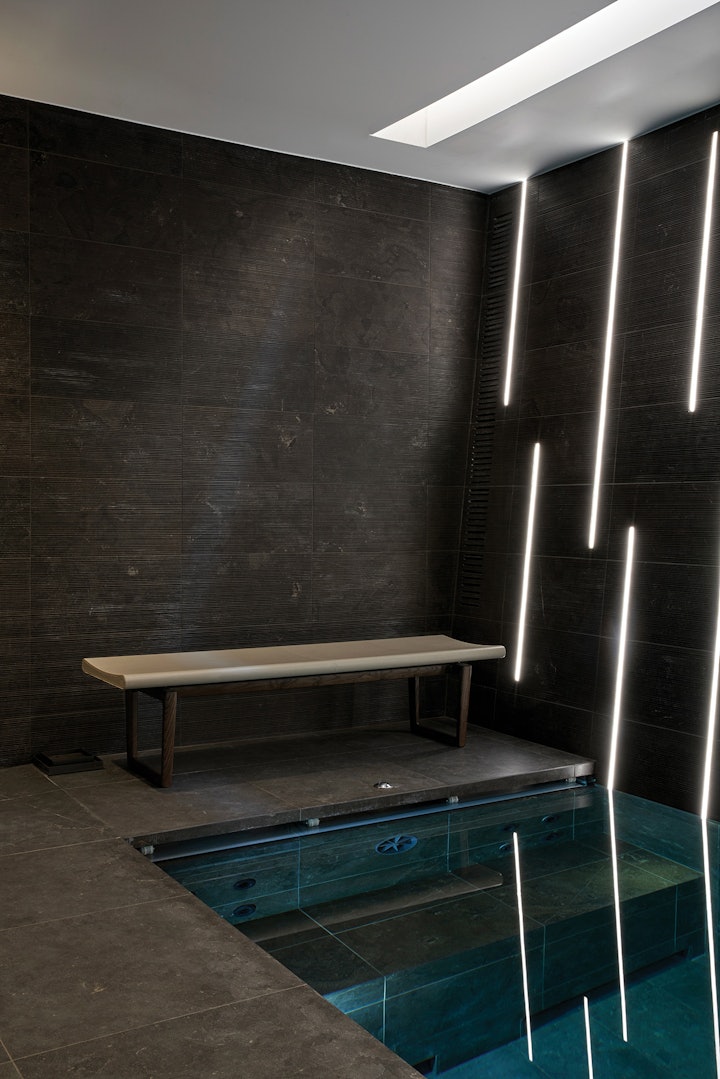
Pietra d'Avola in Architecture: Polychromy and Versatility
A unique and valuable material, Pietra d’Avola stands out for its innate elegance and deep coloration, which can vary from grey-brown to almost black. The chromatic contrast between the finishes in cool cotton tones set against the warmer shades of the texture in Pietra d’Avola Levigato is incredible.
Apart from its colours, as with all natural stones, Pietra d’Avola is also characterised by an extremely unpredictable composition: salt and white dots are created due to the presence of quartz during the stratification period, and it is often possible to find areas tinged with a yellowish hue. These coloured details, rather than defects, should be viewed as assets, and indications of a completely natural stone.
The elegant tones and the extreme ductility of this material have made Pietra d’Avola an outstanding protagonist of many projects all over the world.
A great first example can be found in the recent renovation of the Edificio Sota in Bilbao, in sunny Spain. This building, built in the early 20th century, was one of the most prestigious constructions in the city. In his retraining project, the Spanish designer Juan Marchante made use of the precious materials of Salvatori, and in particular Pietra d’Avola, which was used for the realisation of the walls and coverings.
The alternation of the textures used (Levigato, Raw, Romboo and Lithoverde®), together with the chromatic variability of Pietra d’Avola, made it possible to create an elegant and rhythmic environment, with a high design value.
The processing of this stone does not stop, however, at the creation of valuable coverings. Its warm and enveloping tones and its malleability have inspired many famous designers in the creation of elegant home furnishings. It is impossible not to mention the Curl chaise longue, designed by Piero Lissoni and winner of the “Wallpaper* Design Awards 2021” in the “Best Sculpted Shapes” category: rendered from a single block the sinuous forms of this elegant seat defy the imposing nature of the stone.
As we have seen, Pietra d’Avola is a material suitable for many uses.
Its malleable nature and the high technological level of Salvatori’s workmanship work together to give this material unique and precious shapes.
The stone’s iridescent colours and distinct veining, twinned with its extreme durability, make it possible to create unique projects, destined to proudly resist the passage of years, preserving an eternal splendour.
